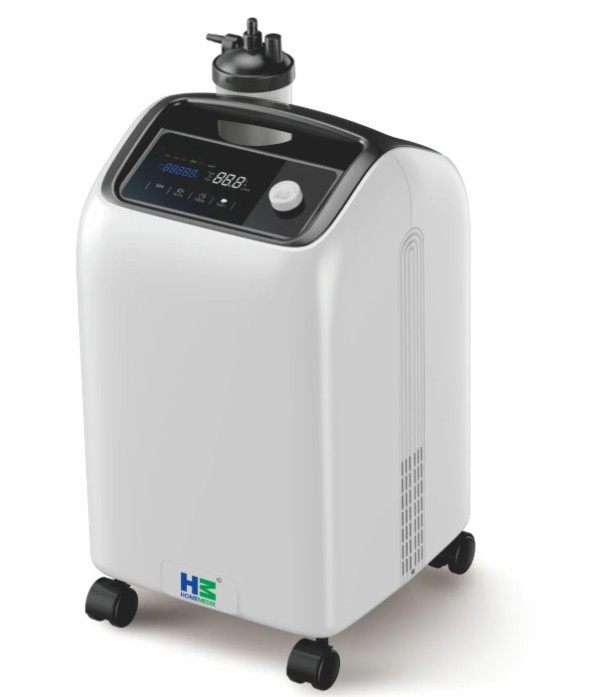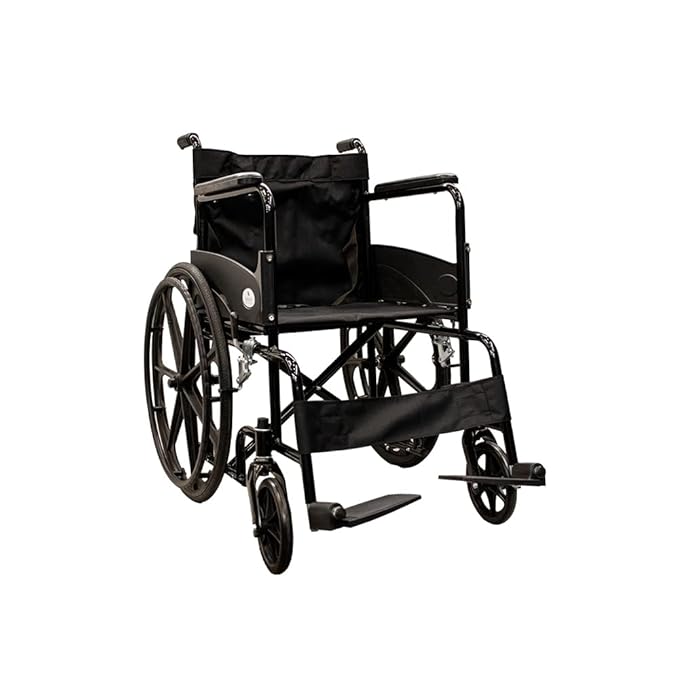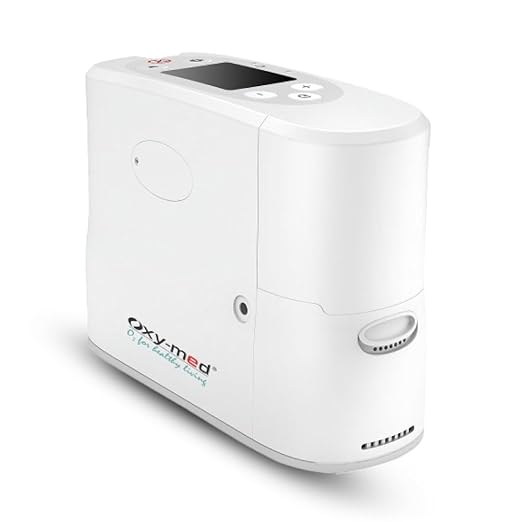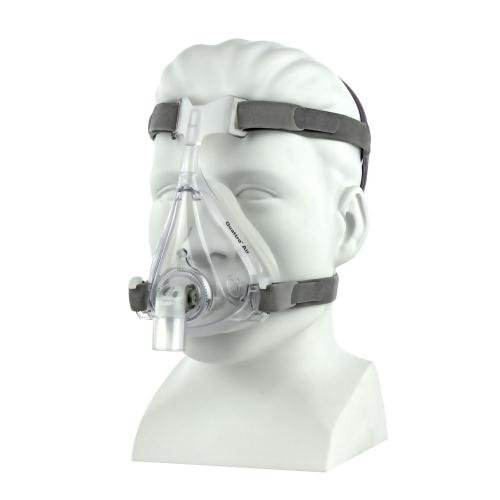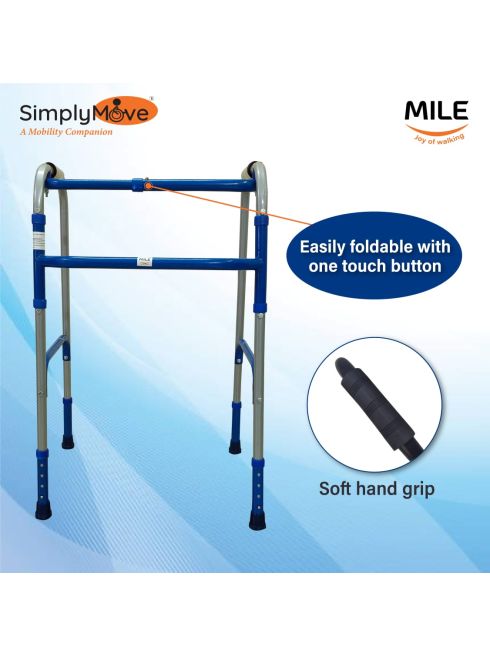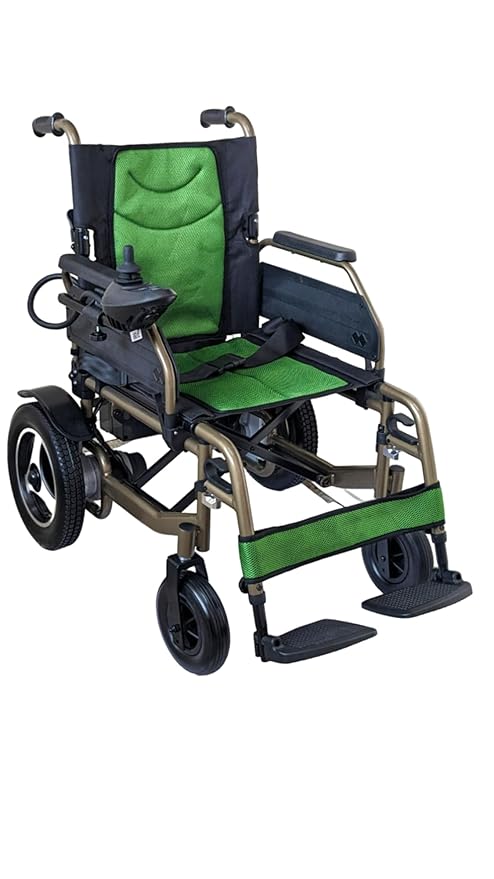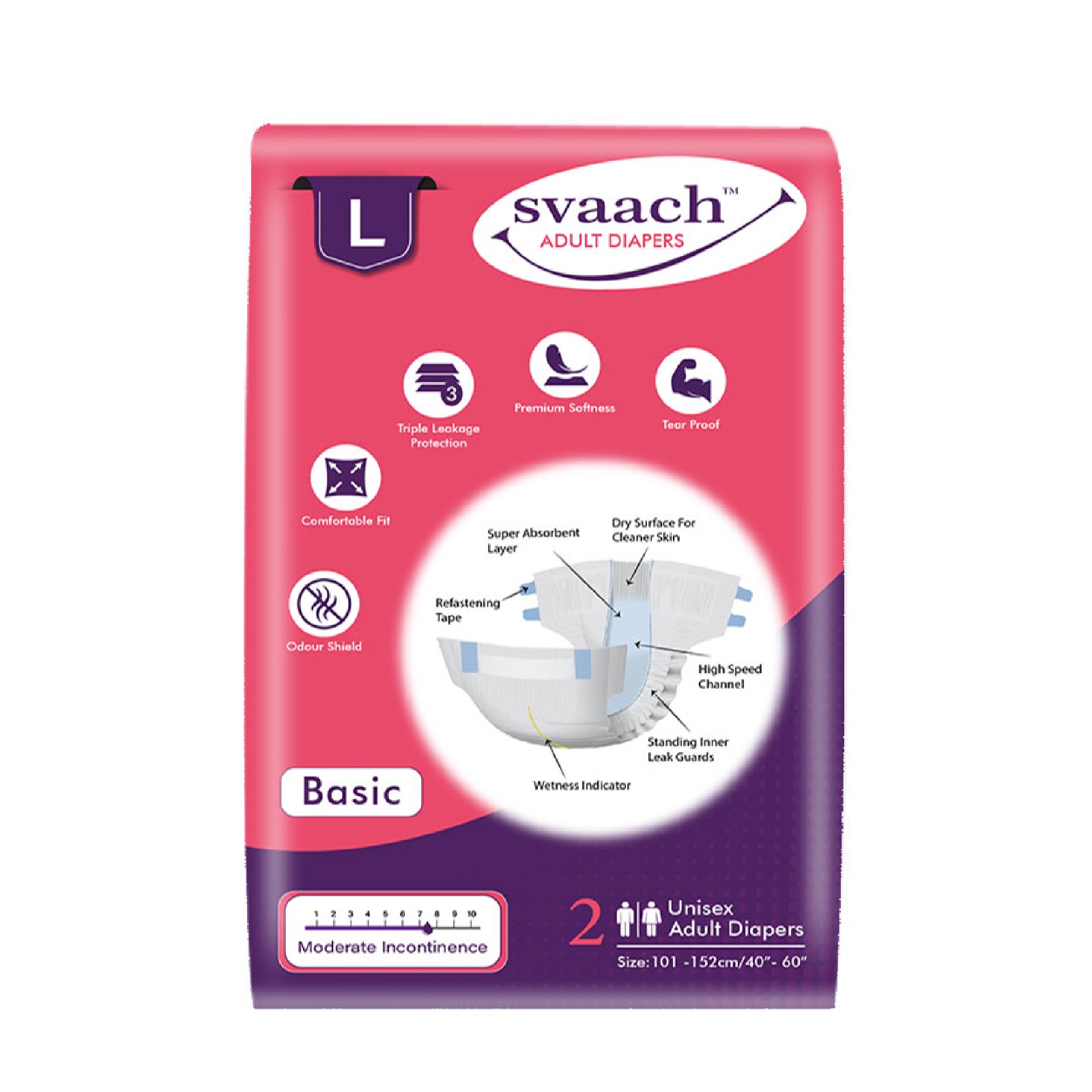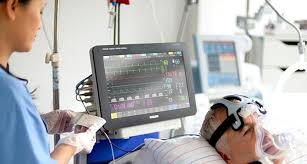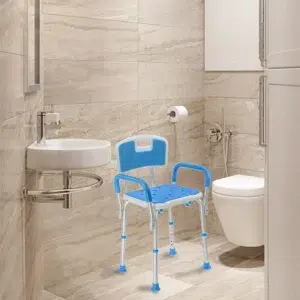The availability of a hospital bed at home provides important benefits that are priceless for a patient with some distinct requirements. They mentioned that these kinds of beds can also improve comfort, mobility, and safety which is beneficial for patients and caregivers. This article provides information regarding the circumstances that may necessitate the use of a hospital bed, the various models of hospital beds, whether it is essential to buy a hospital bed or rent, and the costs associated.
Introduction:
Consider having your family home be a place where you get treated and where you can feel warm and snuggly. The need to have a hospital bed at home is therefore not just a luxury but instead a necessity for many patients. It is essential to understand that these beds are designed with the utmost precision to offer maximum comfort and support, making the lives of patients and their attendants much better. Whether it is postoperative rehabilitation, the treatment of ongoing conditions, or prioritizing a patient’s quality of life in the last stages, a hospital bed is often absolutely essential in home health care.
Conditions for Which a Hospital Bed is Required:
Hospital beds provide an adjustable space, which can help maintain the best spinal alignment achieved through upper cervical manipulation. This aids the healing process by reducing physical tension and increasing relaxation. Additionally, the availability of home hospital beds allows patient care to be managed more efficiently, with fewer visits to the hospital, thereby reducing the risk of complications and hospital-acquired infections.
For conditions that take a longer time for recovery, a hospital bed enhances the recovery time and comfort. Bedridden patients, patients suffering from cancer, fracture cases, post-surgery cases, etc. would need hospital beds to use at home.
For example, the upper cervical view is a mainstream treatment of the spine that focuses on the alignment of the highest vertebrae in the spine, particularly the atlas (C1) and axis (C2) This particular approach can address issues related to muscle function and spinal health and significantly impact the health and well-being of all patients. The addition of a hospital bed at home in accordance with upper cervical care can be especially useful for patients with severe mobility problems, chronic pain, or who require ongoing care and monitoring.
It also provides a conducive environment, gives a sense of security, provides comfort and convenience, and ensures that patients adhere to their treatment plans. Consequently, the addition of a hospital bed at home can significantly improve a patient’s quality of life, leading to a more efficient and effective recovery process.
➔ Chronic Illnesses:
People with other kinds of illnesses such as chronic obstructive pulmonary disease (COPD) or joint pain and arthritis experience pain and difficulty in movement. Proper positioning in a hospital bed is another level and can be very helpful due to the symptoms that the patient experiences.
➔ Post-Surgery Recovery:

It is important that subsequent processes, for example, those associated with hip or knee replacements, should be executed carefully and in a comfortable manner. Hospital beds are basically used to help maintain a correct posture, minimize the possibility of other complications, and facilitate patients to adjust their positions and postures effortlessly.
➔ Mobility Issues:
In this area, a person who has multiple sclerosis, spinal cord injury severe obesity, or any other disease that affects mobility, can have considerable difficulties when shifting from a lying position to sitting or vice versa. Hospital beds that can be raised and tipped at certain angles are helpful for safer transfer.
➔ End-of-Life Care:
Providing comfort and proper medical care during the final stages of life is paramount. Hospital beds play a significant role in the cooperation between hospice patients and their caregivers, as well as considering the patient’s comfort and the tasks the caregivers have to accomplish regularly, including physical care and other nursing requirements as necessary.
➔ Severe Injuries:
Postoperative patients who had major surgeries, and interventions, and critically ill ones who require much attention and positioning for recovery have to be considered. These requirements are met by hospital beds through the various adjustments that are laid out in order to suit the needs of the patient while guaranteeing that the patient is well-positioned and comfortable.
Types of Hospital Beds Available:
For anyone who intends to make a proper assessment regarding hospital beds to understand that there is no ‘one-size-fits-all’ when it comes to products as essential as hospital beds. Various types cater to different needs and preferences, each offering unique features:
● Manual Hospital Beds:
These beds require some manual action with a crank, which controls the height and tilt of the beds. They are cheaper, often with screws that still need to be moved by hand, which makes them inconvenient for time-sensitive changes.
● Semi-Electric Hospital Beds:
In regard to their operation, all head and foot movements are achieved by the use of electric motors while the height adjustment requires the use of manual controls. Overall, they are positioned between affordable and easy to use, which is why they are loved by many.

● Full-Electric Hospital Beds:
Automatic types contain electromechanical structures that can regulate height, head, and entire foot sections and they are managed by remote control. It is easier to adjust them to the patient’s and to the caregiver’s satisfaction and is overall much more convenient for both the patient and the caregiver.
● Bariatric Hospital Beds:
These beds are made for those patients who are slightly overweight and have a greater width and extra reinforcement. They are crucial for protecting the lives of bariatric patients since they encounter numerous life risks within their undertakings.
● Low Hospital Beds:
These beds are designed to be nearer to the ground reducing the risk of injury by falls. These are ideal for patients who are at risk of slipping out of bed without assistance, offering peace of mind to the caregivers.
● Trendelenburg Beds:
Such beds enable a high degree of adjustment such as the angles of elevation and depression, which may be very important for patients with certain heart diseases or patients requiring certain types of medical positioning.
● Adjustable Hospital Beds:
There are other optional adjustable features including side rails and settings that can provide built-in massage features in the beds to suit different medical care requirements.

Benefits of having a hospital bed at home:
The convenience of owning a hospital bed in one’s home is advantageous in many ways, improving the quality of life of both patients and caretakers.
- Overall there is increased comfort and support from these beds as this is crucial, especially with patients with long-term illnesses, post-op patients, or patients with restricted mobility. Some of the features of hospital beds include flexibility which enhances a patient’s position hence reducing chances of bed soreness and other complications attributed to lack of mobility.
- Secondly, hospital beds protect the patient from numerous adverse outcomes. Options including side rails, height adjustment, and operational features such as controls are standard to minimize falls and to enable carers to attend to patients conveniently. It may be ideal for elderly patients or those with severe medical conditions, especially when receiving various interventions.
- Thirdly, these beds being a form of sleep system will have a positive impact on improving health among individuals. The adjustments of the head, foot, or both in the manner can help in respiration, circulate blood around the body, and also help in reducing swelling. Such positioning can be vital, especially to patients having conditions similar to chronic congestive heart failure or chronically obstructed pulmonary disease (COPD).

- Also, patients are able to later decide on obtaining a hospital bed for use at home which enhances patients’ independence and dignity. This means that the occupants are able to adjust their positions in relation to certain stimuli without having to depend on constant support which is important in achieving a sense of control over the environment.
- The final advantage of using a hospital bed at home is that there will be little need to transfer to a hospital often, and thus the patient receives care within the comfort and familiarity of their own home, which in turn is beneficial to the patient’s mental and psychological condition.
Rent vs. Buy: Options Available for Hospital Beds
When considering a hospital bed for home use, the decision to rent or buy depends on several factors, including duration of need, budget, and personal preferences. Let’s explore both options:
Renting:
1. Advantages:
A hospital bed on rent entails lesser initial charges and is relatively cheaper than purchasing for short-term uses only. Some of these contracts involve maintenance and servicing whereby the tenant is charged with the responsibility of maintaining the bed in good condition hence without further charges for repossession in the near future.
2. Disadvantages:
A long-term lease can turn out costly and other issues such as flexibility of the space may not allow for alterations. Also, the rental bed could have been used previously, which put off some of the users, preferring a brand-new bed.

Buying:
A. Advantages:
While renting a hospital bed for a short-term period is more advisable especially if it is for home use only, buying a hospital bed is advisable in the long run because the patient is in full control of the bed where he or she will be sleeping and is able to modify it in every way possible. As for investment, new equipment means that there will be less chance for contamination and greater reliability, especially when there is a large amount of testing to be done.
B. Disadvantages:
However, a disadvantage is that it may require a relatively larger amount of money as an initial investment compared to its rental equivalent, and the costs of maintaining these assets are borne by the owner. In the long run, the very bed might turn out to be useful for a long time and therefore may not be such a worthy investment in terms of returns on investment.
Factors to Consider:
I. Duration of Need:
If the hospital bed is owned temporarily just for the purpose of recovering, then renting would be cheaper. But when a medical need is more acute and frequent, then for the ongoing management of the condition or in need of long-term maintenance, buying can actually be cheaper.
II. Budget:
It is important to take a financial inventory and an analysis of the current position. For instance, purchasing requires an individual to make a one-time cost of the bed while renting extends the cost over a certain period and can end up being too costly if the process of renting the bed exceeds the timeline expected.

III. Maintenance and Repairs:
When renting a hospital bed, maintenance and repair costs are usually included in the rental contract if not by the landlord, then the tenant has to make arrangements to cater to them while when purchasing a hospital bed, such costs are the sole responsibility of the buyer. This can be a decisive factor for those customers who would not like to put effort, time, and money into it to maintain the vibrancy of the color.
IV. Customization and Features:
Purchasing also enables you to acquire a particular mattress designed with unique characteristics required in the treatment of the patient. In this regard, renting services might not offer the most suitable brands on the market.
Price of Hospital Beds:
The cost of hospital beds varies widely based on the type and features. Here’s a detailed breakdown:
➢ Manual Hospital Beds:
These are usually within the range of ₹ 15500 to ₹ 50,000 The cheapest of them all also needs manual control can be strenuous at some point.
➢ Semi-Electric Hospital Beds:
These beds range from ₹ 32000 to ₹ 58000 in most cases. It consists of manual and electric adjustments, giving comfort without a hefty price tag.
➢ Full-Electric Hospital Beds:
The prices for these beds are between ₹ 32000 ₹ 82000. These make them the most convenient to use as they are fully electric; this is especially suitable for patients who often require to be repositioned to avoid the development of bedsores.

➢ Bariatric Hospital Beds:
Specialty branded beds can cost from ₹ 100, 000 to ₹17, 0000 attributing to the design itself. These are specific models that are designed to accommodate extra weight without compromising the safety of the patient or the bed.
➢ Low Hospital Beds:
Such beds cost between ₹ 15000 and ₹ 30000 in general. Patient’s short height reduces the chance of falling: a deciding factor for frail patients.
➢ Trendelenburg Beds:
These can range from ₹ 45,000 to ₹ 85,000 because these beds are equipped with very effective positioning mechanisms and can be used in many medical procedures.
➢ Adjustable Hospital Beds:
In addition to standard features, there are differences in the price range due to side rails, the presence of massage features, heights, positions, and cushions. They generally vary in cost in the range of ₹ 45000 to ₹ 85000.

Insurance and Financial Assistance:
a. Insurance Coverage:
Some insurance plans such as Medicare and Medicaid could cover all or part of the expenses of the hospital bed if it is considered as part of the requisite. You should consult your insurance provider depending on your unique circumstances as specified by the policy.
b. Financial Assistance Programs:
Other sections may provide cash help or inexpensive products and services to the needy courtesy of other programs or charities. Local Red Cross or social services may be helpful to turn to for support for both medical issues and for help in finding places to seek assistance.
Conclusion:

Purchasing a hospital bed for home use is therefore a very important venture that revolutionizes the healthcare sector for clients with the following medical conditions. Knowing what circumstances warrant the use of a hospital bed, the variations between models, and renting versus purchasing a hospital bed will assist a person in making the right choice that is financially practical and most suitable for the patient.
Regardless if one chooses to rent or purchase, having a hospital bed at home remains a valuable asset that patients and caregivers can have for it gives comfort, security, and peace of mind. Proper home care can be achieved with the right hospital bed and this translates to making the period that a patient spends at home a more effective one.
*****


